The best picture books of 2021 so far
Fun, beautiful, smart, charming, and diverse, here are 26 of the best children's books of the year so far
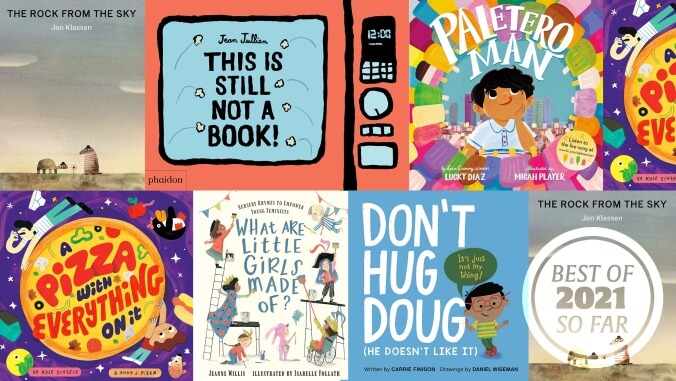
It’s hard being a parent. You’re constantly worried you’re making the wrong decision, whether it’s about screen time, discipline, or what’s on your kid’s plate at dinner. “If my kid doesn’t get into vegetables now, does that mean their palate is ruined forever?” One way to know you’re doing something good for your kids is to expose them to smart, diverse, and creative literature, and fortunately, the publishing industry is producing that by the truckload these days. That’s why we wanted to put together The A.V. Club’s guide to the best picture books of 2021. With an eye on early child development, we dug through a ton of this year’s new picture books looking for those that met a few criteria. First, we wanted something that both parents and kids loved; there’s nothing worse than having to read the same awful book night after night. Second, we wanted books that filled holes in the marketplace—whether they’re stories about underrepresented communities, emotional development, or even fruits and vegetables that haven’t always gotten their due. Third, we wanted books with charming, beautiful, and/or hilarious images. These are books we’d be happy to have on our living room shelves, not buried away in some playroom basket. With all that in mind, we present you with The A.V. Club’s best picture books of 2021 (so far). They’re perfect for your kids, your friends’ kids, and grown-ups who are kids at heart.

It’s hard being a parent. You’re constantly worried you’re making the wrong decision, whether it’s about screen time, discipline, or what’s on your kid’s plate at dinner. “If my kid doesn’t get into vegetables now, does that mean their palate is ruined forever?” One way to know you’re doing something good for your kids is to expose them to smart, diverse, and creative literature, and fortunately, the publishing industry is producing that by the truckload these days. That’s why we wanted to put together The A.V. Club’s guide to the best picture books of 2021. With an eye on early child development, we dug through a ton of this year’s new picture books looking for those that met a few criteria. First, we wanted something that both parents and kids loved; there’s nothing worse than having to read the same awful book night after night. Second, we wanted books that filled holes in the marketplace—whether they’re stories about underrepresented communities, emotional development, or even fruits and vegetables that haven’t always gotten their due. Third, we wanted books with charming, beautiful, and/or hilarious images. These are books we’d be happy to have on our living room shelves, not buried away in some playroom basket. With all that in mind, we present you with The A.V. Club’s best picture books of 2021 (so far). They’re perfect for your kids, your friends’ kids, and grown-ups who are kids at heart.
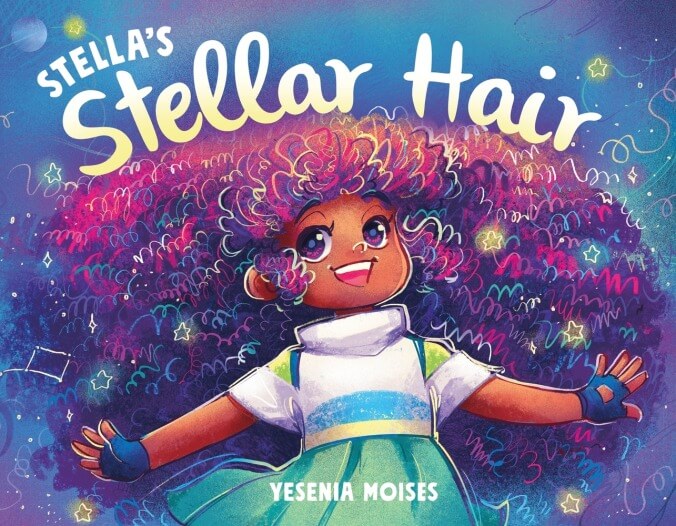
An adorable book from Imprint, Stella’s Stellar Hair follows an intergalactic kid named Stella who finds herself in a hair conundrum on the day of the Big Star Little Gala. In an effort to get her hair just so, she hops on her hoverboard and visits her aunties all over the solar system, each of whom gives her a different hairstyle from across the African diaspora. The images and story charm and enchant, and material in the back of the book talks more about both the hairstyles and the planets each style represents in the story. 40 pages, ages 4-8
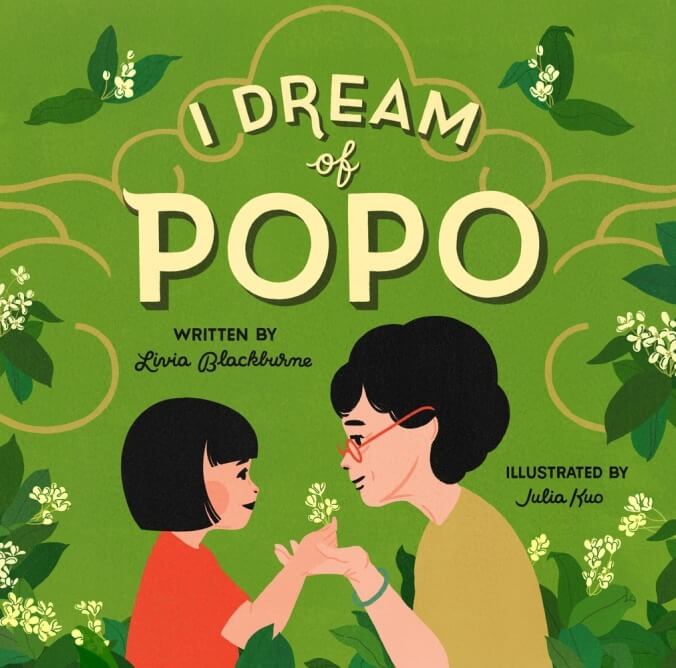
Distance from family is a big topic in children’s books these days, as is immigration. I Dream Of Popo combines both those themes in a story that’s both heart-warming and important. New York Times bestselling author Livia Blackburne tells the story of a young Taiwanese girl who adores her grandma, or Popo, but has to move to America with the rest of her family. Though she’s afraid, she ultimately makes friends in her new home, though she keeps Popo in her mind and heart, video-calling and visiting her during the story. We won’t spoil the ending, but suffice it to say that I Dream Of Popo may leave even the hardest parent a little teared up. 40 pages, ages 4-8
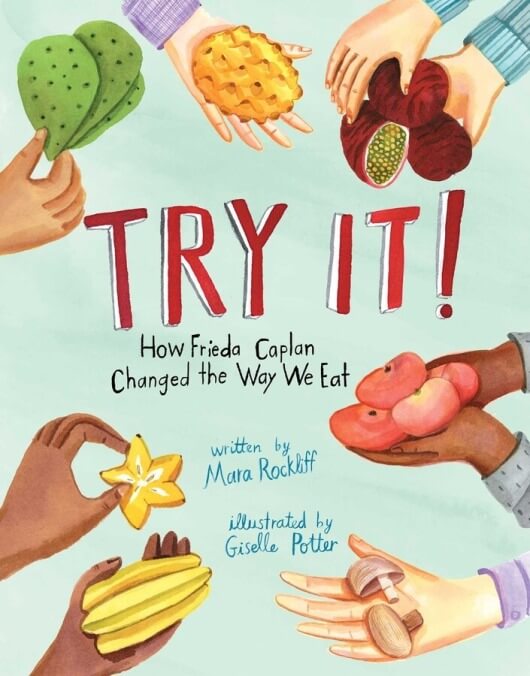
A biography that’s as interesting as it is delicious, Try It! tells the story of Frieda Caplan, who, while working at the Seventh Street Produce Market in Los Angeles in the 1950s, introduced new and interesting foods to her stall in an effort to compete with all the dudes selling apples and potatoes. She started with mushrooms—America didn’t eat them before then!—but would later branch out into everything from passion fruit to snap peas. By taking a chance on “out there” foods, Caplan changed the way America eats, and proved that there’s a lot of value in trying new and different flavors. It’s a charming story, and a great reminder to kids, especially those who are stuck in a rut of 20 or so foods at any given time, that food can be fun. 32 pages, ages 3-8
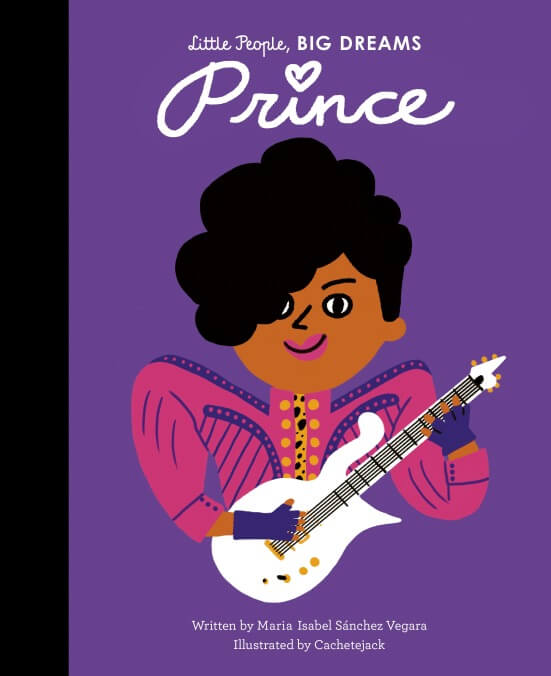
The Little People, Big Dreams series has become an absolute juggernaut in its five years of existence, selling over 1.5 million books and paying tribute to everyone from Dolly Parton to Alan Turing. There’s a good reason for that: The books are adorable, fun to read, and teach kids about all the cool people their parents admire. Two Little People, Big Dreams books made our list so far this year, with the first being the series’ tribute to Prince. The book tells the story of the rise of Prince from child prodigy to global talent, reminding readers that “life is not meant to be black or white, but a beautiful rainbow of color… free from limits.” 32 pages, ages 4-7
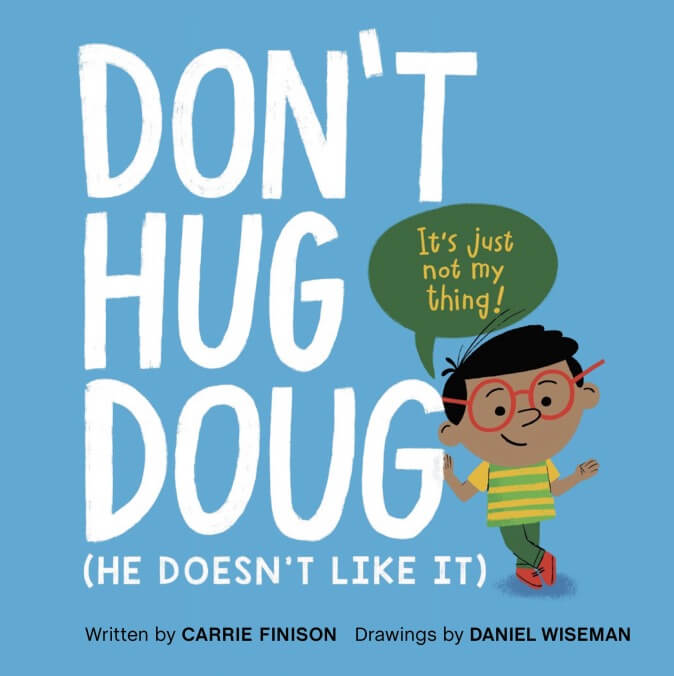
Another big theme in children’s books these days is consent and personal autonomy. It’s great to see those boundaries talked about, and Don’t Hug Doug does it in a way that’s both reinforcing and fun to read. Author Carrie Finison previously wrote another of our favorites, Dozens Of Doughnuts, so it’s nice to see her continue that trend here with a book that reminds us that just because you might like hugs doesn’t mean that the person you’d like to hug is down for the contact. It’s always better to ask, and to be okay with a really excellent high five instead. 32 pages, ages 3-7

There are more and more books about girls in science and math entering the market, which is great, but sometimes it’s hard to know how to sort the wheat from the chaff. Lately, we’re feeling Sadie Sprocket Builds A Rocket, which uses rhyming text to tell the story of Sadie Sprocket, an aspiring astronaut who’s bound and determined to get to Mars. She builds a rocket, crews up with her favorite stuffies, and lands on the red planet. (For real. There’s no “wink wink, parents, her spaceship is a box”-type stuff here.) After some experimentation, soil samples, and trouble shooting, she’s Earth-bound once again—for now, at least. 40 pages, ages 3-7
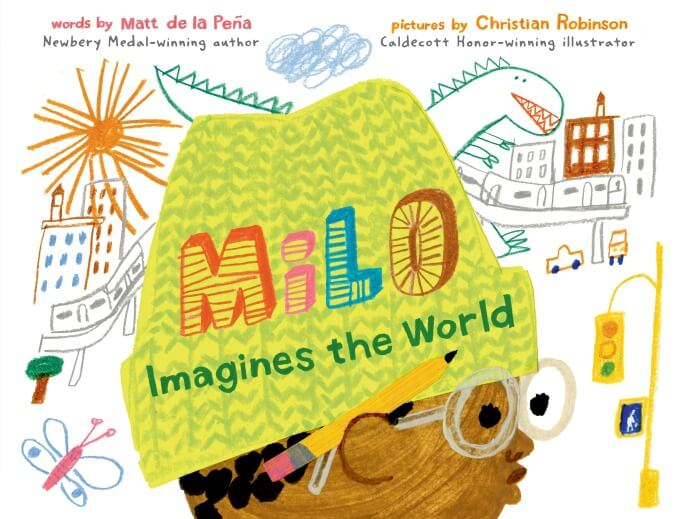
One of this year’s hottest releases in children’s literature is Milo Imagines The World. Written by Matt de la Peña, who won the Newbury Medal for 2016’s Last Stop On Market Street, Milo tells the story of a little guy who passes the time on a long subway ride by drawing fellow passengers and making up stories about what he assumes their lives are like. When Milo and his sister arrive at their destination, he discovers that one of his assumptions was absolutely wrong, making him realize that his perceptions of people are limiting. As de la Pena writes, “Maybe you can’t really know anyone just be looking at their face.” It’s a great message for kids, and a good one for adults to be reminded of from time to time as well. 40 pages, 4-8 years
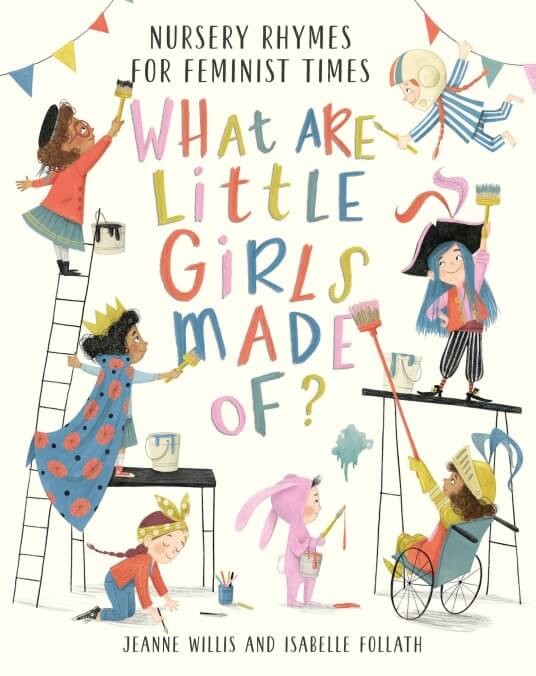
We all know the story of Humpty Dumpty, but what if the poor giant egg was put back together by a strong and smart doctor? Or what if the itsy-bitsy spider had more of an outward purpose—in this case, helping a girl named Lorraine. What Are Little Girls Made Of offers modern and progressive twists on all the fairy tales we adults read as kids but would be ashamed to introduce to our kids now. With this book, kids can instead venture into a world where Little Miss Muffett isn’t afraid of the spider that sits down beside her, but instead pets “his long furry legs.” Beautifully illustrated by Isabelle Follath, What Are Little Girls Made Of is a great keepsake piece for any kid, and a great baby shower present for anyone who’s expecting. 32 pages, ages 7-10, younger kids will enjoy some selections

Alphabet books are a dime a dozen. Everyone thinks they can write one, whether it’s about animals or yoga. A good alphabet book, though, is something special indeed. G My Name Is Girl is one of those special books. Author Dawn Masi uses each letter to talk about a different set of girls around the world with names, locations, and characteristics that correspond to their place in the alphabet. (B is for Bintou and Bertille who live in Burkina Faso and are brave. C is for the creative Clara and Claudia, who live in Cuba, and so on.) With beautiful artwork and charming details, this book is a joy to read over and over. More importantly, it reminds kids and parents alike that though we may be far apart from someone else geographically, we’re often more similar than we realize. 40 pages, ages 3-7
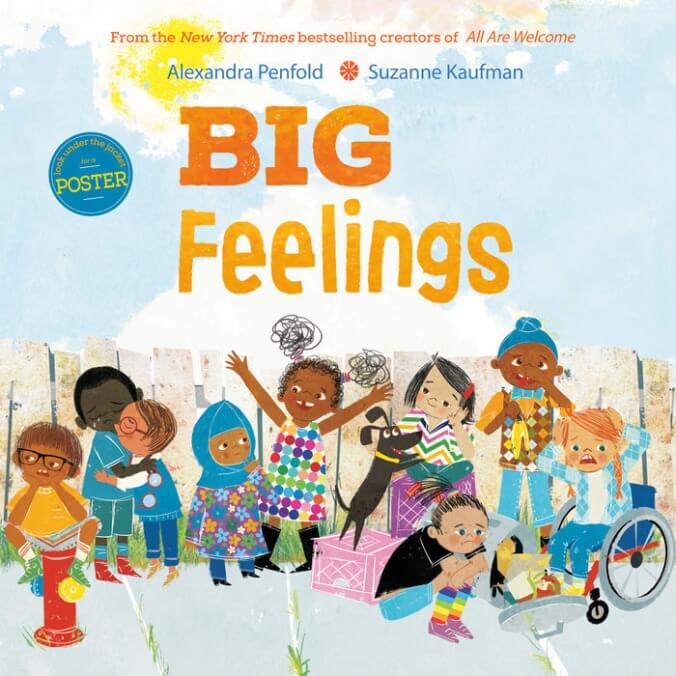
The latest book from the team behind 2018’s charming All Are Welcome, Big Feelings celebrates and validates the wild emotional swings kids can go through. It reminds readers that it’s okay to feel angry, sad, or frustrated. We all do sometimes. Through its story about a dream neighborhood play space that hits some snags, Big Feelings provides tools for dealing with setbacks in a way that’s constructive and fun. It’s a lesson our kids can certainly always use, but that we sometimes need, too. 42 pages, ages 4-8]
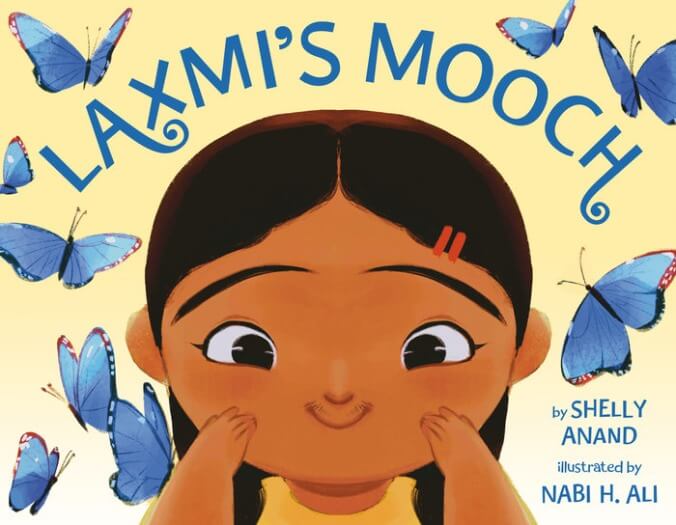
Laxmi’s Mooch tells the story of a young Indian American girl who is told by friends on the playground that, because of her whiskers, she’d make a great cat. It’s then that she starts noticing her body hair—and her friends’ lack thereof. With the help of her family, Laxmi comes to realize that hair grows everywhere, and that’s totally okay. She’s proud of her mooch, and soon all her classmates join her in embracing their differences as well. 32 pages, ages 4-8
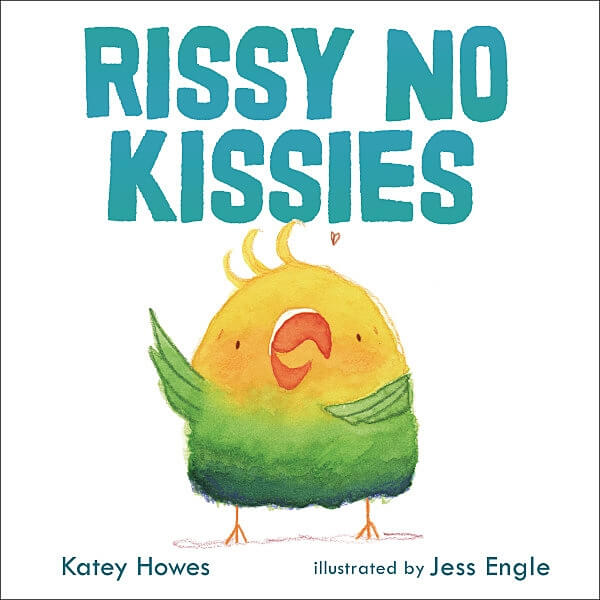
A charming and lyrical book about bodily autonomy and consent that reminds kids that “your body and your heart are yours, and you choose how to share,” Rissy No Kissies tells the story of a lovebird who just doesn’t love PDAs. It’s always nice to be reminded that there are a variety of ways to show affection, and Rissy No Kissies comes through with all sorts of adorable alternatives for birds and humans alike. 32 pages, ages 4-9
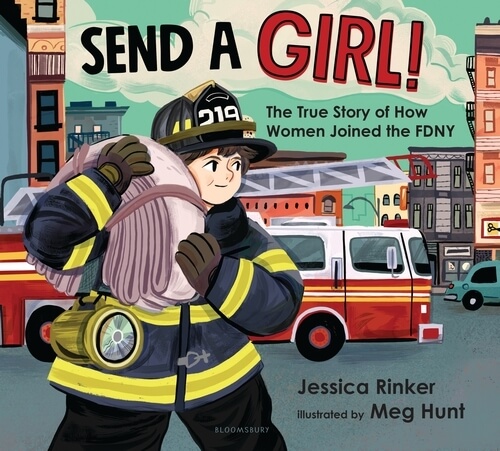
There are a lot of books about how women have persevered in a roles previously dominated by men, but few speak to the pettiness and danger sometimes involved. It’s that frankness that sets Send A Girl! apart. Telling the story of Brenda Berkman’s frustrating and often futile quest to join the FDNY in the late ’70s and early ’80s, Send A Girl! reminds readers that life and people aren’t always fair, and that it might take almost superhuman determination, strength, and patience to overcome whatever stands in your way—even if all you want to do is help people. 48 pages, ages 4-8

There are plenty of books out now about race, racism, and how important it is to talk about bias and stereotypes, but often those books are written in a way that’s easier for parents to understand than kids or in ways that don’t really spark genuine, open conversation. Our Skin is a board book written by a librarian and educator from Brooklyn and a trainer at the Center For Racial Justice In Education, and breaks that mold by using simple language: “We all have skin. It comes in different colors! What color is your skin?” The book explains concepts like melanin and institutionalized racism in a reasonably simple way, and reminds kids that, no matter what color someone’s skin is, they’re beautiful, interesting, and important. Our Skin also offers additional resources for parents and reassures adults that they can dip in and out of the book, leave out tough passages and concepts for younger kids, and even weave in stories of their own on the road to creating more just and conscious kids. 40 pages, ages 2-5
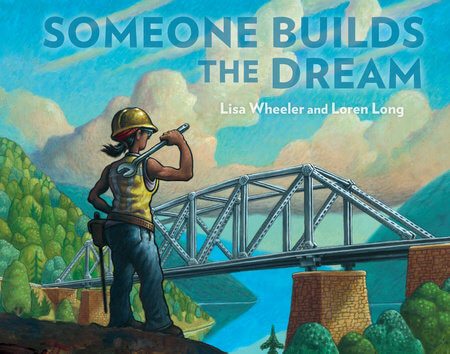
A stunningly illustrated work that reminds readers that everything is built, created, designed, or dreamt up by a person somewhere, Someone Builds The Dream is a great way to teach kids about just how many different types of jobs there are in the world. While an architect might design a building, it takes loggers, builders, engineers, plumbers, electricians, welders, steelworkers, ditch diggers, stoneworkers, and more to actually get that building done. As the book reminds us, “It takes a team to build a dream, a skilled hard-working crew. So when you see a bicycle, a playground, house, or shoe, remember all the someones who helped make a dream come true.” 48 pages, ages 5-8
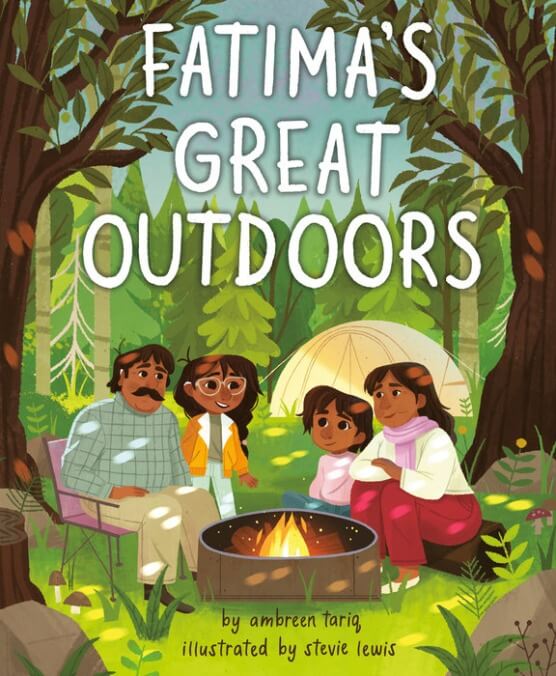
Written by the outdoor activist and founder of Brown People Camping, Ambreen Tariq, Fatima’s Great Outdoors tells the story of Fatima, a school-aged kid who goes camping for the first time. Her family makes the adventure their own with samosas and halal bacon, and Fatima and her sister heroically battle—in their minds—a gigantic and terrifying spider who sets up a camp of its own on top of their tent. Fatima’s Great Outdoors is a good reminder that public land and nature are for everyone, and that sometimes the best memories can come from the simplest ideas. 40 pages, ages 4-8

A sequel to 2016’s excellent This Is Not A Book, This Is Still Not A Book takes the printed book format and flips it on its head. A wordless exploration of Jullien’s art and point of view, This Is Still Not A Book uses the pages and spreads of the book to create images like a chomping mouth, a microwave full of popcorn, a mousetrap, and even a foldable shirt. It’s part toy, part art piece, and part conversation starter, and it’ll change the way you think about books. 38 pages, ages 2-4
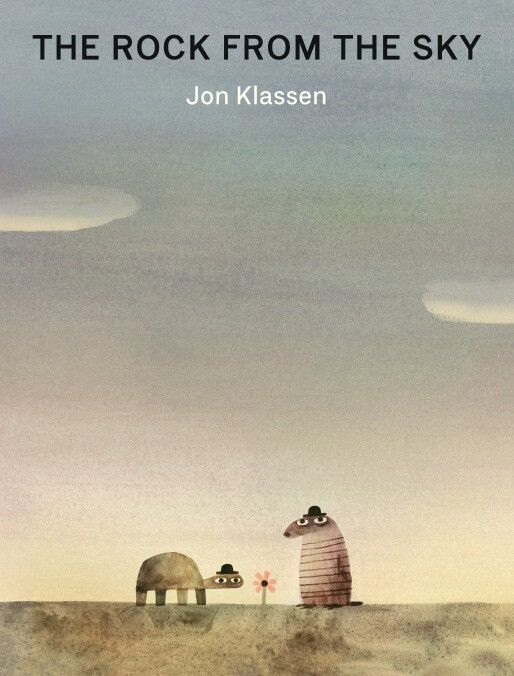
A perennial favorite of the children’s book set, Jon Klassen is both author and illustrator. His books, like This Is Not My Hat and We Found A Hat, blend humor and nihilism in a way that delights both kids and adults. The Rock From The Sky is no different. A story of how sometimes the perfect spot to stand isn’t that perfect at all—and how you never really know what will happen—The Rock From The Sky is a wry and suspenseful book that will charm even the most cynical readers. 96 pages, ages 4-8
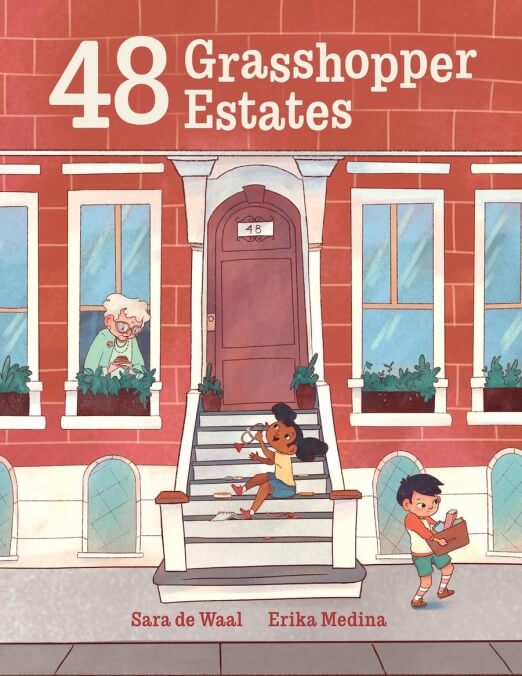
Childhood can be kind of a lonely time, particularly if you’re not surrounded by tons of other kids. The same can be said for old age. 48 Grasshopper Estates recognizes both of those issues in a story that finds a young inventor struggling to make friends—until she makes them out of found materials from around her building. That quest leads her to find more than she bargained for, including a sense of community and generosity. 48 Grasshopper Estates reminds us that everyone could always use a pal. 40 pages, ages 4-7
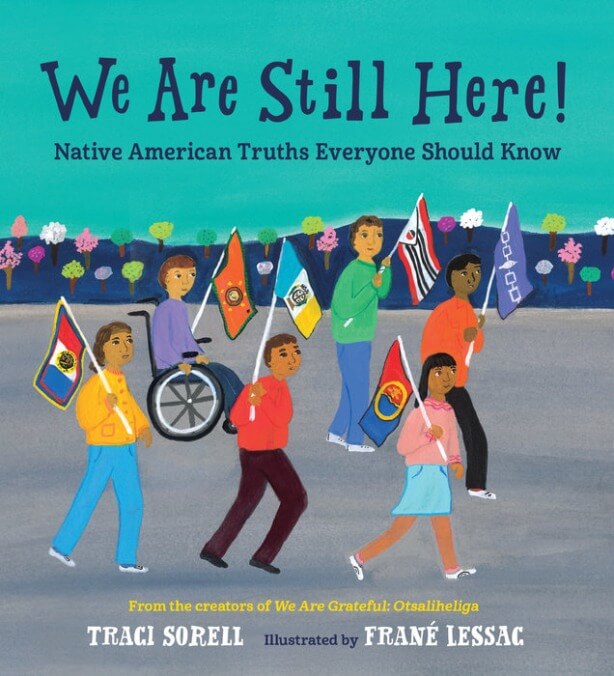
An educational picture book for older young readers, We Are Still Here uses the framework of a school presentation to express different challenges and inequities that Native Americans have faced and continue to face. A poignant reminder that Native struggles didn’t end with oft-taught topics like The Trail Of Tears and forced relocation, We Are Still Here seeks to educate readers on everything from forced assimilation, the Indian Child Welfare Act, economic development, and nationhood. Even adults will learn something from this amazing and important book. 40 pages, ages 7-10
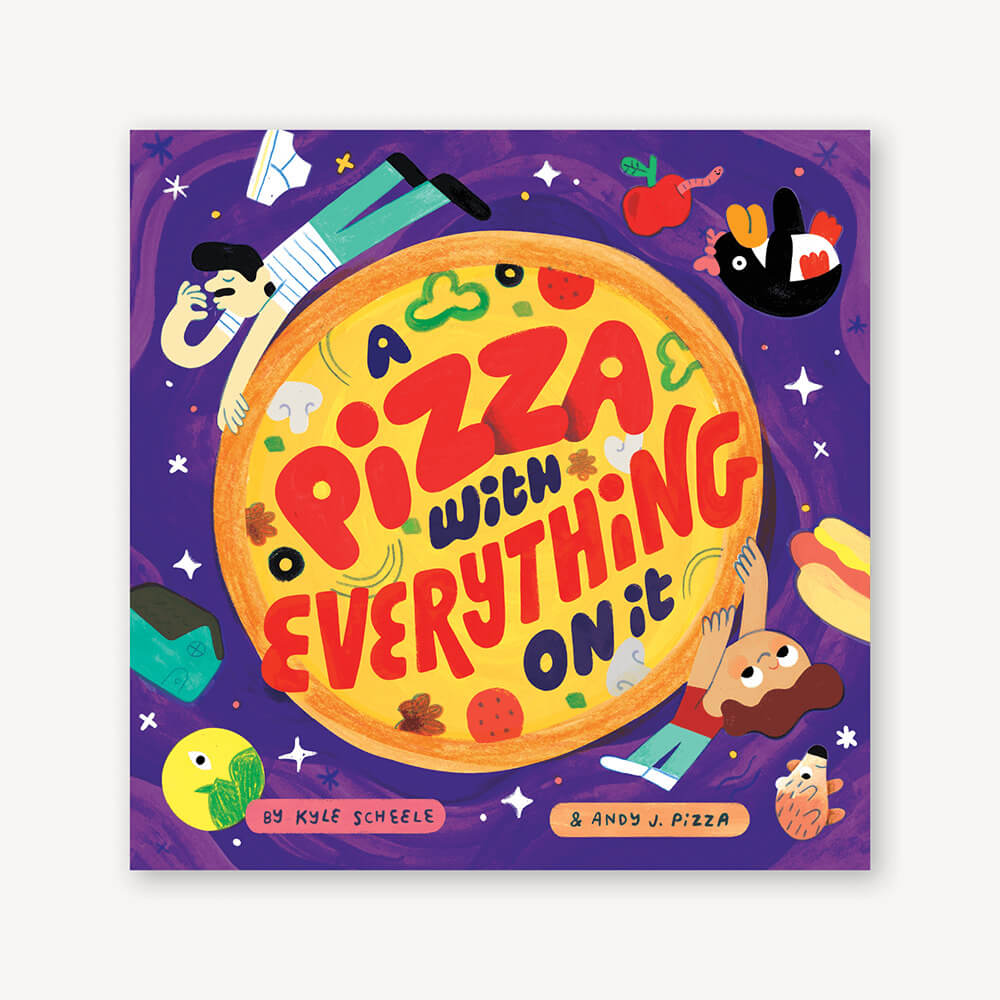
A funny and strange book that involves both family bonding and the chaotic collapse of the whole world, A Pizza With Everything On It tells the story of a kid who, along with his pizza-making dad, decide to make a pie with literally everything on it, from mushrooms to the White House. There are no boundaries to what makes the pie, nor rules or constraints to how anything gets there, and soon the pair find themselves thrown into a pizza black hole that turns the whole world into pizza. Does it make sense? No, not really. Does that matter? Absolutely not. Kids books should be fun and silly, and A Pizza With Everything On It has both of those traits in spades. 44 pages, ages 5-8
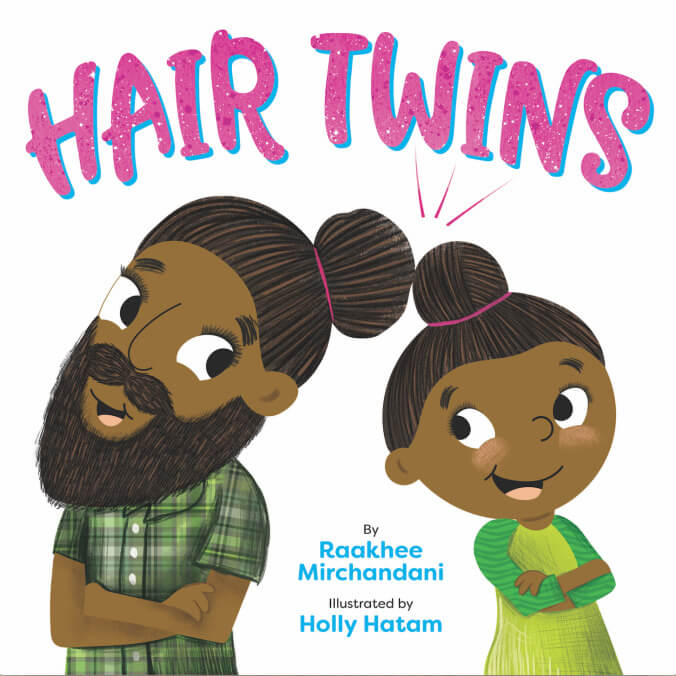
An adorable and relatable story, Hair Twins follows a Sikh father-daughter duo as they go through their tandem daily grooming routines. Imbued with love, respect, and a solo dad who totally rocks, Hair Twins is an important entry into the children’s marketplace. It’s a beautiful reminder of how narrow and white supposedly beloved children’s books have been in the past, and how much room there is to grow—and with panache. 40 pages, ages 4-8
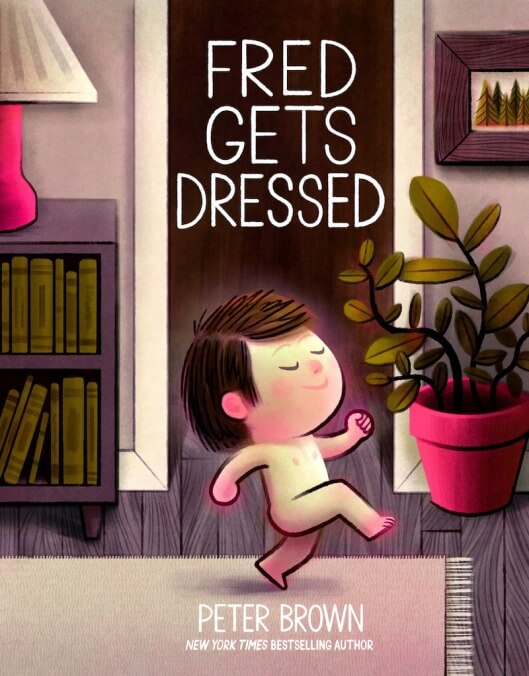
Little kids love books about kids who are naked and free. It’s weird, but it’s a fact. Fred Gets Dressed takes that fact and runs with it, following an oddly unsupervised toddler named Fred as he digs around in his parents’ closet and finds joy in putting on his mother’s outfits. He’s ultimately discovered by his bemused parents who join in on the fun, teaching Fred how to put on makeup and even pushing their collective sartorial bounds together. It’s a great message, beautifully illustrated and told by Brown, and it’s a joy to read. 48 pages, ages 3-6
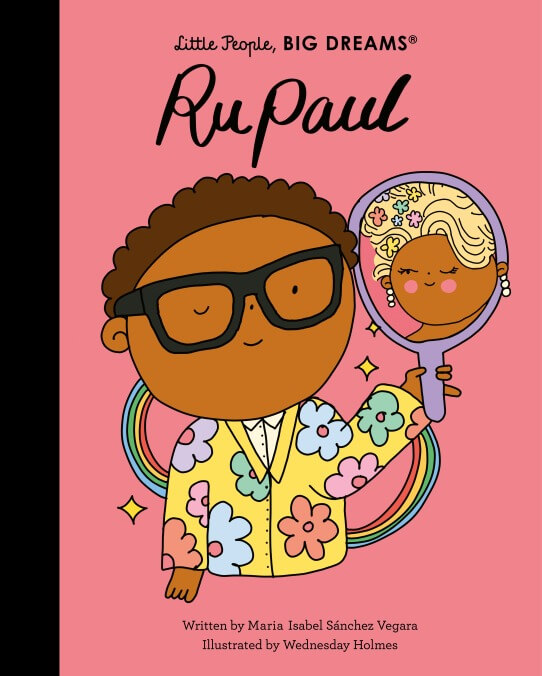
Our second pick from the Little People, Big Dreams series tells the story of RuPaul, a queer icon who knew who he was long before the rest of the world was ready to accept him. His strength of self, capacity for love, and commitment to pushing forward no matter what have always been admirable, but they’re also collectively an incredibly important message for kids to read—especially if they’re struggling with their own identities. Everybody say love! 32 pages, ages 4-7
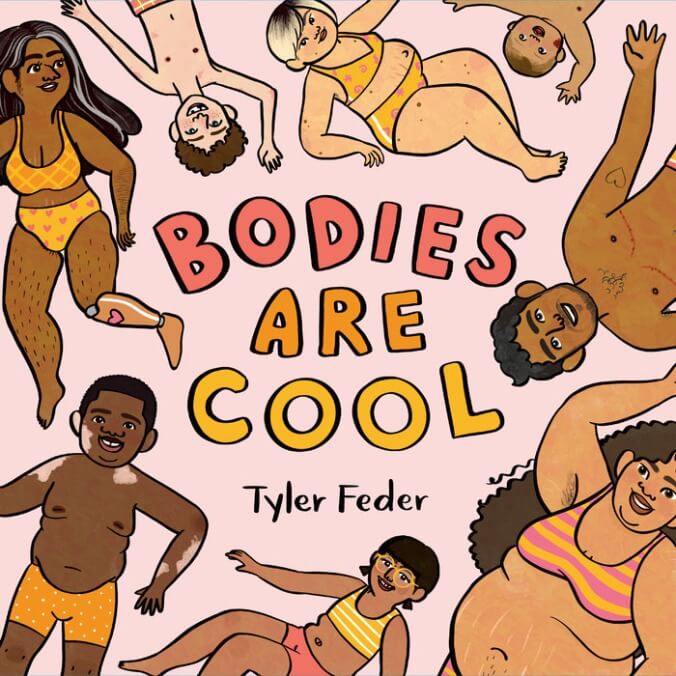
A cheerful and in-your-face look at the diversity of the human form, Bodies Are Cool seeks to instill both body confidence and acceptance in kids—and, heck, even in adults. Beautifully written and illustrated by Tyler Feder, Bodies Are Cool is incredibly, admirably inclusive in its artwork, showcasing trans bodies, disabled bodies, fat bodies, thin bodies, and bodies of all colors and ages. It’s also a fun read, breaking down bodies into parts so that kids can really think about how great each part of them—and of others—can be. As Feder writes, “My body, your body, every different kind of body! All of them are good bodies! Bodies are cool!”32 pages, 3-5 years
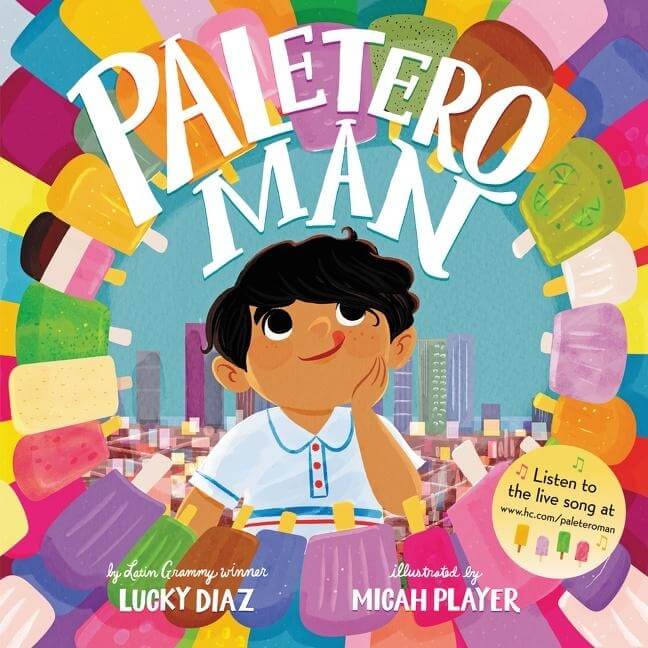
A sweet little summer tale that’s illustrated so adorably it’s practically Pixar-ready, Paletero Man follows a Los Angeleno kid desperately in search of his friendly neighborhood paletero man. A smart blend of Spanish and English, Paletero Man teaches readers as it entertains—especially when our hero finally catches up with the paletero man only to find out his pockets are empty. Lyric and fun to read, Paletero Man even comes with a download of an accompanying song of the same name written and recorded by Lucky Diaz, who’s also a Latin Grammy-winning musician. 32 pages, ages 4-8
GET A.V.CLUB RIGHT IN YOUR INBOX
Pop culture obsessives writing for the pop culture obsessed.